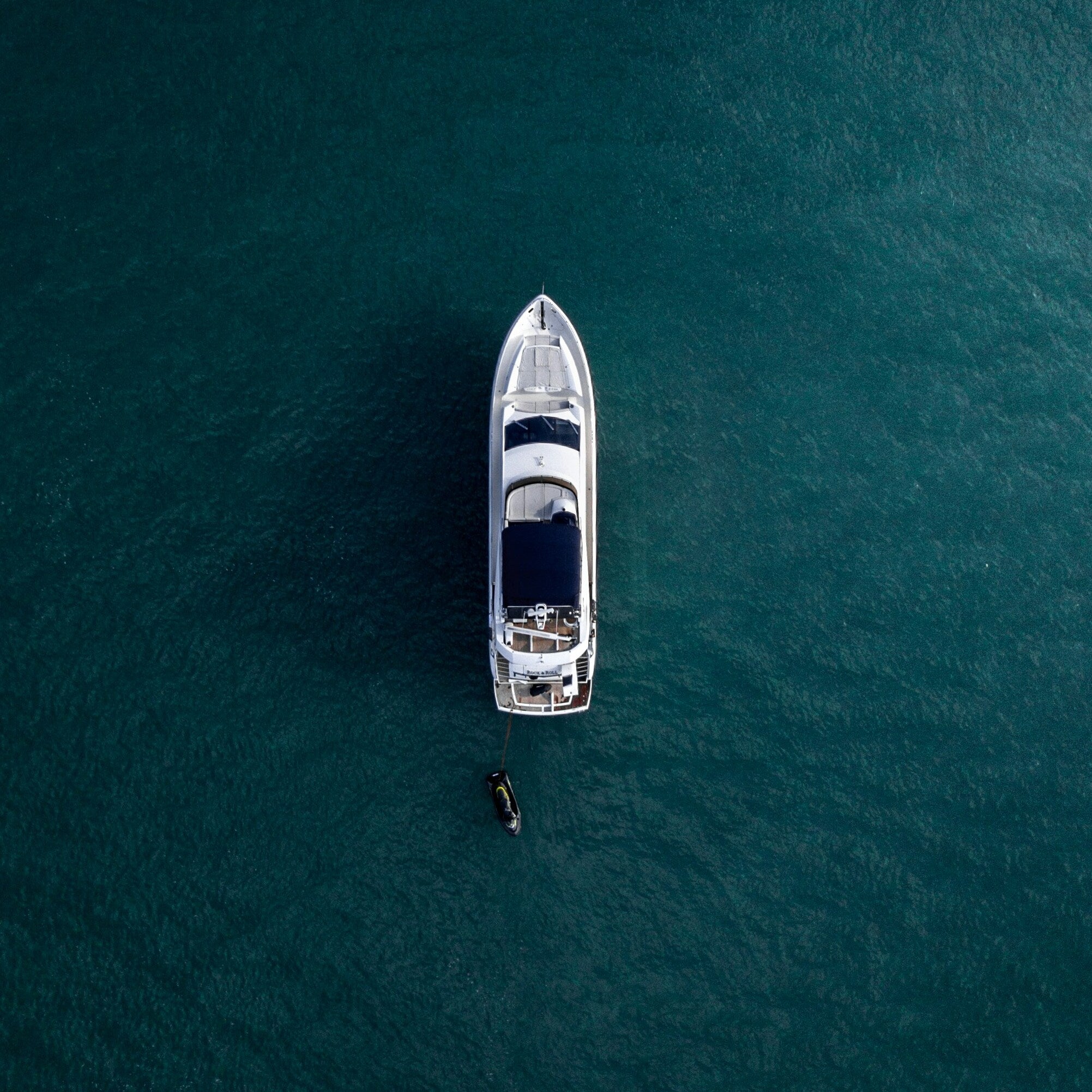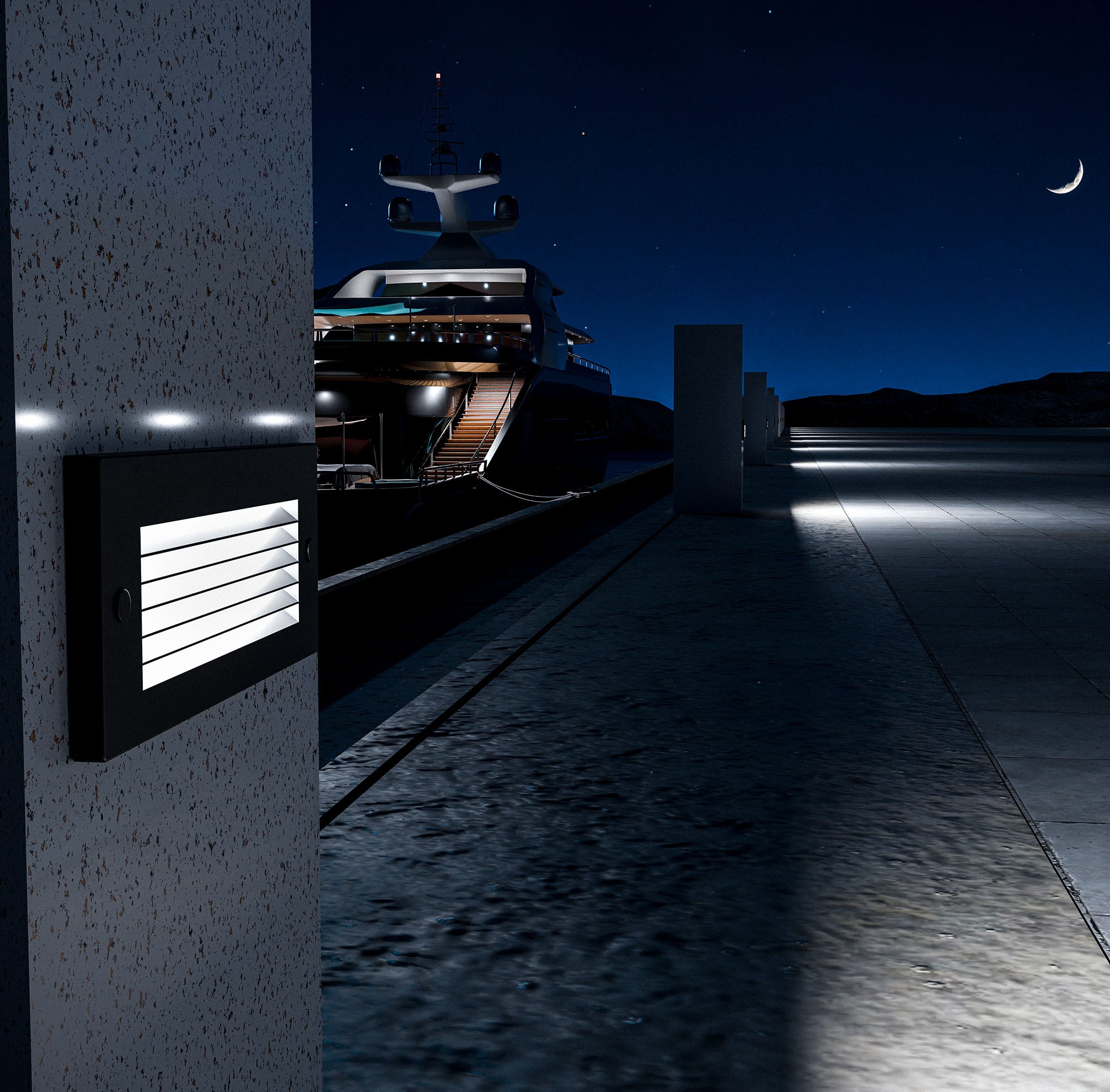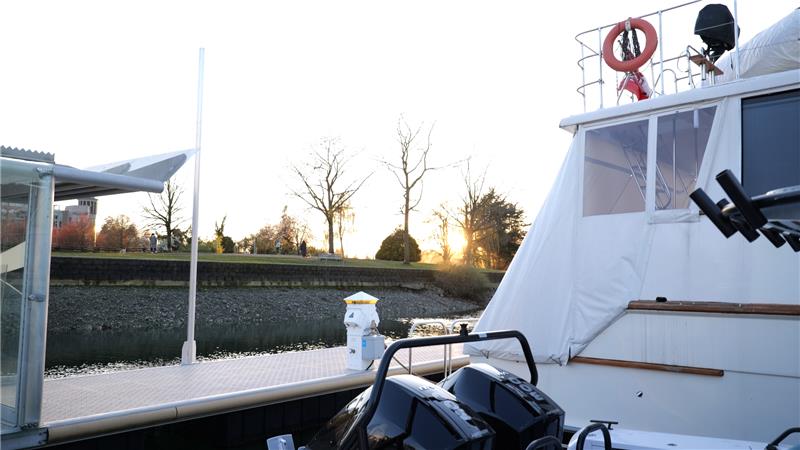As Earth Month shines a spotlight on sustainability and environmental responsibility, it’s essential to recognize industries making strides toward a greener future. In the marine world, LED lighting has become a powerful tool for reducing environmental impact, conserving energy, and promoting responsible boating practices. Marine LED lights are more than just an energy-efficient lighting option—they play a pivotal role in reducing carbon emissions, minimizing light pollution, and protecting marine ecosystems.
In this blog, we’ll explore the environmental benefits of marine LED lighting, the innovative technologies behind these systems, and practical steps boat owners can take to make their marine adventures more sustainable.
The Environmental Challenges of Traditional Marine Lighting
High Energy Consumption and Carbon Footprint
Traditional incandescent and halogen lighting systems on boats consume significantly more energy than their LED counterparts. This higher energy demand often relies on generators burning fossil fuels, contributing to higher carbon dioxide emissions. These emissions not only impact air quality but also contribute to the greenhouse effect, accelerating climate change. Boats relying heavily on traditional lighting systems often have shorter battery lifespans, requiring frequent recharges or increased fuel consumption, further amplifying their environmental footprint.
Frequent Replacements and Waste Generation
Incandescent and halogen lights have a short operational lifespan, leading to frequent replacements and increased waste. Discarded bulbs often contain hazardous materials, including mercury or lead, which can leach into the soil and water if not properly disposed of. With limited recycling infrastructure for traditional marine lighting, most used bulbs end up in landfills or marine environments, contributing to pollution.
Heat Emissions and Resource Drain
Traditional bulbs generate significant heat output, which is not only energy-inefficient but also poses safety risks in confined marine spaces. This excessive heat requires cooling systems to work harder, further increasing energy consumption. Additionally, the manufacturing processes for these bulbs often involve resource-intensive production methods, further depleting natural resources.
Why Marine LED Lighting is a Sustainable Choice
Energy Efficiency and Reduced Fuel Consumption
Marine LED lights are renowned for their energy efficiency, consuming up to 80% less power than incandescent bulbs. This reduced energy requirement lessens reliance on onboard generators and batteries, directly translating to lower fuel consumption and decreased greenhouse gas emissions. Boats equipped with LED systems require fewer refueling stops and produce less pollution, supporting cleaner marine environments.
Extended Lifespan and Less Waste
One of the standout benefits of marine LED lights is their impressive lifespan, which can extend up to 50,000 hours of continuous use. This durability means fewer replacements, less waste, and reduced environmental strain from manufacturing and transportation processes. Longer-lasting lighting solutions also minimize maintenance and operational costs, making LED systems both environmentally and economically advantageous.
Minimal Heat Emission
LED lights generate very little heat, reducing the need for cooling systems to counteract excessive warmth from traditional bulbs. This minimal heat emission not only contributes to energy savings but also enhances onboard safety, especially in enclosed spaces where heat buildup can be hazardous.
Reducing Light Pollution with Marine LED Lights
The Problem of Light Pollution in Marine Environments
Excessive artificial light disrupts natural habitats and behavior patterns of marine species. Creatures like sea turtles rely on natural moonlight for nesting and migration, while some fish species depend on specific light patterns for feeding and breeding. Mismanaged marine lighting can disorient wildlife, disrupt ecosystems, and reduce biodiversity in affected regions.
How Marine LEDs Minimize Light Pollution
Marine LED systems are engineered with directional beams and adjustable brightness controls, reducing unnecessary light spill. By allowing boat owners to focus light precisely where it’s needed, LEDs minimize environmental disruption while still providing optimal illumination. Features like dimmable controls also give boat operators flexibility in managing light output, further limiting pollution.
Supporting Sustainable Boating Practices
Responsible use of marine LED lighting promotes eco-friendly boating practices, aligning with conservation regulations and marine preservation efforts. By minimizing light pollution, boaters can help protect nocturnal marine species and maintain the natural beauty of aquatic environments.
The Role of Marine LED Lighting in Renewable Energy Integration
Optimizing Solar and Wind Energy Systems
Many modern boats are equipped with renewable energy sources, such as solar panels and wind turbines, to reduce reliance on fossil fuels. Marine LED lights are perfectly suited for these energy systems due to their low power consumption and energy efficiency. They can operate effectively on limited renewable energy reserves, ensuring sustainable illumination without draining resources.
Maximizing Battery Life for Off-Grid Boating
Marine LED lights require significantly less power, extending battery runtime during off-grid adventures. This allows boat owners to spend more time exploring remote areas without the need for constant recharging or generator use. The reduced energy draw also minimizes the wear and tear on marine batteries, extending their operational lifespan.
Reducing Generator Run Time
The reduced power requirements of marine LED systems mean less dependency on onboard generators. Lower generator use decreases fuel consumption, noise pollution, and carbon emissions, creating a more tranquil and environmentally friendly boating experience.
Environmental Benefits of Marine LED Lighting in Coastal and Marina Spaces
Enhancing Safety Without Environmental Trade-Offs
Marinas and coastal spaces require reliable lighting systems for safety and navigation. Marine LEDs provide bright, consistent illumination without excessive energy consumption or environmental disruption. This ensures marinas remain well-lit while minimizing operational costs and ecological impact.
Protecting Aquatic Habitats
Improper lighting in marinas can have adverse effects on aquatic life. Marine LEDs, with their customizable beam angles and focused light output, minimize light spill into water bodies, preserving the natural behaviors of fish, turtles, and other aquatic species.
Sustainable Infrastructure for Marinas
Upgrading marina lighting infrastructure to marine-grade LEDs reduces long-term operational costs, minimizes maintenance needs, and supports green certification programs for sustainable marine tourism.
Practical Tips for Choosing Eco-Friendly Marine LED Lighting
Choose Certified Marine-Grade LEDs
Select lights specifically designed for marine environments, ensuring they are waterproof, corrosion-resistant, and energy-efficient.
Implement Smart Lighting Systems
Use smart lighting solutions with remote controls and timers to reduce unnecessary energy consumption and maximize efficiency.
Proper Installation and Maintenance
Ensure all fixtures are installed securely and maintained regularly to prevent energy loss and environmental impact.
Marine LED lighting represents more than just an energy-efficient upgrade—it symbolizes a commitment to environmental preservation, sustainable resource use, and responsible boating practices. By reducing energy consumption, light pollution, and waste, LED lighting systems contribute significantly to protecting marine ecosystems and reducing carbon footprints. As we celebrate Earth Month, every boat owner has an opportunity to make a difference by embracing sustainable marine LED lighting solutions.
Make a meaningful impact this Earth Month by upgrading to eco-friendly marine LED solutions. Explore K2 Lighting's line of durable waterproof LED lighting solutions.





